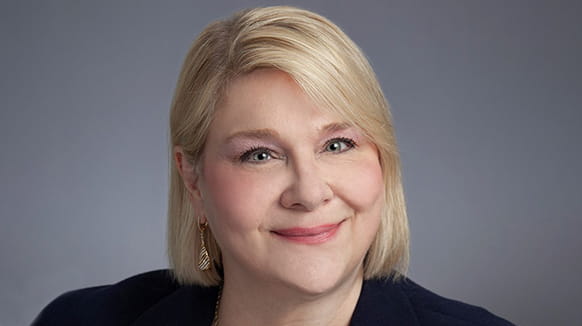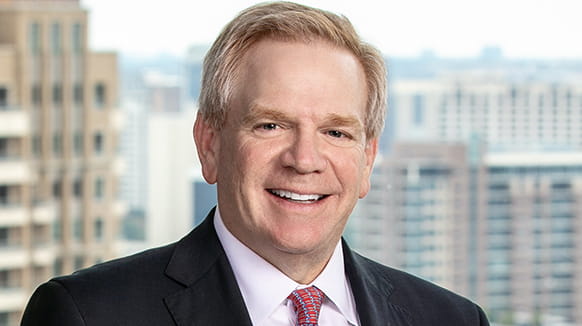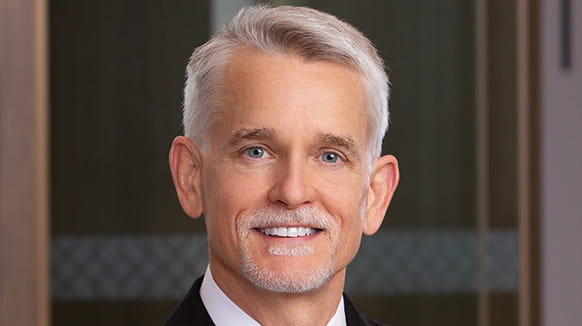On Wednesday, the U.S. Supreme Court held in Lorenzo v. Securities and Exchange Commission,1 that a person can be held liable for fraud under Securities and Exchange Commission Rule 10b-5 by knowingly disseminating false or misleading information provided by someone else. This is the case even if the disseminator cannot be held primarily liable under Rule 10b–5 as the “maker” of the statement. Thus, a person who disseminates false or misleading statements with an intent to defraud would face primary liability under Rules 10b-5(a) and (c), Section 10(b) of the Securities and Exchange Act, and Section 17(a)(1) of the Securities Act, as well as potential secondary liability (i.e., aiding and abetting liability) under Rule 10b-5(b).
Although this decision comes in the context of an SEC enforcement action, the reasoning of the opinion might be read by future courts to extend to private litigation as well, potentially opening the door for allegations of primary liability against a wide range of individuals.
Petitioner Francis Lorenzo was the director of investment banking for a registered broker-dealer in Staten Island, New York. In October 2009, Lorenzo sent two emails to prospective investors describing a debenture offering of one of the firm’s clients. The content of the emails was supplied by Lorenzo’s boss and described the “layers of protection” on the prospective investment as including $10 million in “confirmed assets.” In reality, those assets totaled less than $400,000, a fact which the lower court found was known by Lorenzo and which he did not dispute. Although Lorenzo signed the emails with his own name, the body of the email was drafted by Lorenzo’s boss.
In a 6-2 decision authored by Justice Breyer,2 the Court held that “dissemination of false or misleading statements with intent to defraud can fall within the scope of subsections (a) and (c) of Rule 10b–5, as well as the relevant statutory provisions…even if the disseminator did not ‘make’ the statements and consequently falls outside subsection (b) of the Rule.”3 Where an individual disseminates information he “understood to contain material untruths” that individual has “employ[ed]” a “device,” “scheme,” and “artifice to defraud” within the meaning of subsection (a) of the Rule, Section 10(b), and Section 17(a)(1). In reaching this conclusion, the majority expressly rejected Lorenzo’s contention that only those who “make” untrue statements under subsection (b) of the Rule can violate the other subsections of Rule 10b-5 in connection with those statements. To hold otherwise “would mean that those who disseminate false statements with the intent to cheat investors might escape liability under the Rule altogether.”
The Lorenzo decision builds on the Court’s 2011 decision in Janus Capital Group, Inc. v. First Derivative Traders, which held that the maker of a statement for purposes of liability under Rule 10b-5(b) “is the person or entity with ultimate authority over the statement, including its content and whether and how to communicate it.”4 Under the Janus analysis, a person who had simply “participat[ed] in the drafting of a false statement” “made” by another could not be held liable in an action under subsection (b) of Rule 10b–5.5 The Court in Lorenzo, however, examined the liability of those who disseminate rather than make false or misleading statements, and concluded that such persons can be found to have violated subsections (a) and (c) of Rule 10b-5 by simply forwarding information they knew to be false. Taking on the dissent’s contention that the majority’s ruling renders Janus a “dead letter,” the majority responded that Janus still remains relevant and will preclude liability where an individual neither makes nor disseminates false information.
Although the Lorenzo decision was rendered in the context of an SEC enforcement proceeding, its rationale is not necessarily limited to that context, but could be read to apply with equal force in private litigation.6 This is significant to the extent it opens an avenue to primary liability for a class of persons who previously may only have faced secondary liability under the statutory “aiding and abetting provision,” which contains no private right of action and is therefore only enforceable by the Securities and Exchange Commission.7 While the requirement of “scienter,” reflecting knowledge and intent, may well prove an obstacle in many of those cases, Lorenzo may expend the view of the shareholder plaintiffs’ bar regarding the potential universe of proper defendants and objectionable conduct. There are certainly many examples of persons who disseminate information to investors who would not be considered “makers” of those statements under Janus.
Finally, because Lorenzo did not challenge the lower courts’ findings of scienter, the Court did not examine those legal requirements on appeal, but instead assumed they had been met. From a defense perspective, that makes Lorenzo a potentially troubling test case because it seemingly widens the path to primary liability without discussing the important roadblocks or factors that would distinguish Lorenzo’s case from—to use the same hypotheticals as the Court—that of a secretary or mail clerk who had disseminated the same information. While the majority and dissent agreed that liability would be inappropriate in those instances, the opinion provides no test for differentiating their conduct from Lorenzo’s. Further, because the standard for establishing scienter may include certain “severely reckless” conduct, the Lorenzo decision leaves open the possibility that both the SEC and private securities litigants will push the boundary on the degree of intent required to establish liability for secondary actors in securities transactions.
Read the full text of the opinion. For additional information regarding the consequences of Lorenzo or our firm’s experience in litigating securities cases both before the SEC and pursuant to the Private Securities Reform Act, contact the following Haynes and Boone attorneys.



